Home>Garden Essentials>When To Plant Creeping Thyme Seeds
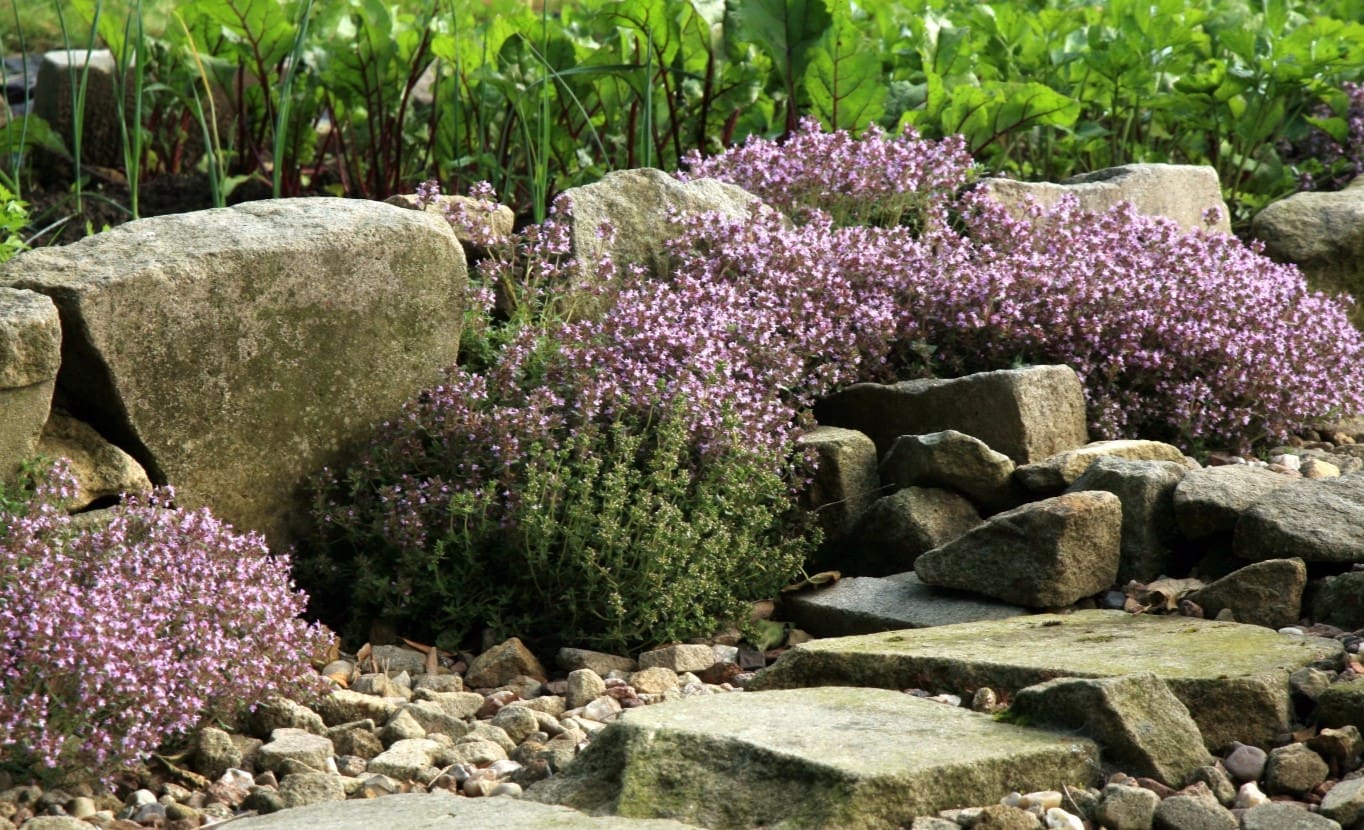

Garden Essentials
When To Plant Creeping Thyme Seeds
Modified: March 19, 2024
Looking to add some beauty to your garden? Find out when to plant creeping thyme seeds for a gorgeous and aromatic addition to your outdoor space.
(Many of the links in this article redirect to a specific reviewed product. Your purchase of these products through affiliate links helps to generate commission for Storables.com, at no extra cost. Learn more)
Introduction
Welcome to the wonderful world of gardening! If you’re looking to add beauty and fragrance to your garden, then growing creeping thyme from seeds is a fantastic choice. Creeping thyme, also known as Thymus serpyllum, is a low-growing perennial herb that not only adds a touch of color to your outdoor space but also serves a multitude of practical purposes.
Creeping thyme is commonly used as a ground cover to fill in gaps between stepping stones, create a lush carpet effect, or cascade over walls and containers. With its charming tiny flowers and aromatic foliage, this plant creates a stunning visual display while releasing a pleasant fragrance that attracts butterflies, bees, and other pollinators.
One of the great advantages of growing creeping thyme from seeds is the opportunity to experience the entire lifecycle of this herb, from the joy of germination to the satisfaction of harvesting. By understanding the various aspects of planting and caring for creeping thyme, you can create a thriving garden that not only looks beautiful but also nurtures the environment.
Throughout this article, we’ll delve into the benefits of growing creeping thyme from seeds, factors to consider before planting, the ideal time to sow the seeds, a step-by-step guide to planting them, proper maintenance and care, as well as common issues and troubleshooting tips.
So, whether you’re a seasoned gardener or a beginner, let’s embark on this gardening journey and learn when to plant creeping thyme seeds and how to nurture them into beautiful and fragrant plants.
Key Takeaways:
- Plant creeping thyme seeds in spring for a beautiful garden. Consider factors like sunlight, soil, and watering to ensure healthy growth. Enjoy the aromatic and versatile herb in your outdoor space!
- Harvest creeping thyme in mid to late summer for culinary and medicinal uses. Dry or freeze the leaves for long-term storage. Troubleshoot common issues like poor germination and pests to keep your garden thriving!
Read more: When To Plant Creeping Phlox Seeds
Understanding Creeping Thyme
Before we dive into the details of planting creeping thyme seeds, let’s take a moment to understand this versatile herb and its characteristics.
Creeping thyme, scientifically known as Thymus serpyllum, is a low-growing perennial herb that belongs to the mint family. It is native to Europe, where it is found in rocky or sandy areas, on hillsides, and in dry meadows. This hardy herb has adapted to various climates and soil conditions, making it a popular choice for gardeners around the world.
Creeping thyme is known for its creeping growth habit and small, rounded leaves. The leaves are typically green, but certain varieties may exhibit shades of silver or golden yellow. The plant produces flowers that can be pink, lavender, white, or even red, depending on the specific variety.
In addition to its aesthetic appeal, creeping thyme has a delightful fragrance that is reminiscent of a mix of herbal and floral notes. The aroma intensifies when the leaves are crushed or brushed against, releasing a refreshing and invigorating scent.
One of the main reasons gardeners opt for creeping thyme is its incredible versatility. This herb can be used in multiple ways, including:
- Ground cover: The low-growing, spreading nature of creeping thyme makes it an excellent choice for ground cover. It forms a dense mat of foliage that not only suppresses weeds but also adds texture and color to the landscape.
- Pathway filler: Creeping thyme is perfect for filling gaps between stepping stones or pavers, creating a visually appealing and fragrant pathway.
- Rock gardens: With its ability to thrive in rocky or sandy conditions, creeping thyme is an ideal choice for rock gardens. It softens the edges of rocks and adds a touch of vibrancy to the landscape.
- Container gardening: Creeping thyme can be grown in containers, allowing you to enjoy its beauty and fragrance on balconies, patios, or even indoors.
- Bee and butterfly attractant: The nectar-rich flowers of creeping thyme are highly attractive to bees, butterflies, and other pollinators. By planting this herb, you can create a haven for these beneficial creatures.
Now that we have a better understanding of creeping thyme and its remarkable attributes, let’s explore the benefits of growing this herb from seeds and how you can get started on your gardening journey.
Benefits of Growing Creeping Thyme from Seeds
When it comes to growing creeping thyme, there are several benefits to starting from seeds rather than purchasing established plants. Let’s explore some of the advantages:
- Economical: Growing creeping thyme from seeds is cost-effective compared to buying potted plants. Seeds are generally more affordable, allowing you to grow a larger quantity of plants without burning a hole in your wallet.
- Variety: By starting from seeds, you have access to a wider variety of creeping thyme cultivars and species. This opens up exciting possibilities to experiment with different colors, leaf shapes, and flower types, allowing you to create a unique and diverse garden.
- Sense of Achievement: Watching your creeping thyme plants germinate and grow from tiny seeds can be incredibly rewarding. It offers a sense of accomplishment and connection with nature that can’t be replicated when purchasing pre-grown plants.
- Healthier Roots: Starting from seeds promotes the development of a strong and healthy root system. This gives your creeping thyme plants an advantage in terms of long-term growth and survival compared to plants that have been root-bound in containers.
- Customization: By growing creeping thyme from seeds, you have complete control over the growing conditions, including the choice of soil, fertilizer, and watering schedule. This allows you to customize the environment to suit the specific needs of your plants.
- Learn and Connect: Growing plants from seeds provides an opportunity to learn about the life cycle and growth stages of creeping thyme. It allows you to observe and connect with the plants from the very beginning, fostering a deeper understanding and appreciation for gardening.
Overall, growing creeping thyme from seeds is a cost-effective, customizable, and rewarding experience. It allows you to unlock a world of possibilities and create a garden filled with vibrant and aromatic plants. Now that we understand the benefits, let’s explore the factors that you should consider before planting your creeping thyme seeds.
Factors to Consider Before Planting Creeping Thyme Seeds
Before you start sowing creeping thyme seeds, it’s important to consider a few factors to ensure the best possible growing conditions for your plants. Here are some key factors to keep in mind:
- Sunlight: Creeping thyme thrives in full sun, so choose a location in your garden that receives at least 6-8 hours of direct sunlight per day. Insufficient sunlight can result in poor growth and fewer flowers.
- Soil Conditions: Creeping thyme prefers well-draining soil with a pH level between 6.0 and 8.0. If your soil is heavy and clayey, consider adding organic matter such as compost or sand to improve drainage.
- Watering Requirements: While creeping thyme is drought-tolerant once established, it still requires regular watering during its initial growth stage. Water the seeds and young plants consistently, keeping the soil evenly moist but not waterlogged.
- Temperature and Climate: Creeping thyme is adaptable to a range of climates, but it generally prefers moderate temperatures. It can withstand mild frosts, but prolonged exposure to freezing temperatures may damage the plants. Consider the climate in your region before planting.
- Growth Space: Creeping thyme has a spreading habit, so ensure that you have enough space for the plants to spread and fill in the desired area. Plan for the eventual size and growth habit of the particular thyme species or cultivar you choose.
- Companion Plants: Consider the plants and flowers that will be growing alongside creeping thyme. Choose companion plants that have similar water and sunlight requirements to create a harmonious and visually appealing garden.
- Pests and Diseases: While creeping thyme is generally resistant to pests and diseases, it is still important to monitor your plants and take appropriate measures if any issues arise. Prune diseased or damaged parts and keep an eye out for potential pest infestations.
By considering these factors, you can provide your creeping thyme seeds with the optimal conditions necessary for healthy and thriving growth. Once you’ve taken these factors into account, it’s time to determine the best time to plant your creeping thyme seeds. Let’s explore the ideal timing in the next section.
Ideal Time to Plant Creeping Thyme Seeds
Timing is crucial when it comes to planting creeping thyme seeds to ensure successful germination and growth. It’s important to understand the optimal time to sow the seeds in order to take advantage of favorable conditions. Here is the ideal timing for planting creeping thyme seeds:
Spring: Spring is generally the best time to plant creeping thyme seeds. As the temperatures begin to warm up and the soil starts to thaw, it creates the perfect conditions for germination and establishment. Aim to sow the seeds in early to mid-spring, depending on your specific location and climate.
By planting creeping thyme seeds in spring, you allow the plants to establish their root systems and develop sturdy growth before the heat of summer arrives. This timing gives the seeds ample time to sprout and the young plants to grow, ensuring a healthy and robust garden.
Keep in mind that the exact timing may vary slightly depending on your specific region and local climate conditions. Consider factors such as the average last frost date in your area and the temperature trends during the spring months.
If you’re in a warmer climate zone where winters are mild, you may even consider planting creeping thyme seeds in late winter. This allows the seeds to take advantage of the cooler temperatures and establish themselves before the arrival of hot summer weather.
It’s important to ensure that the soil temperature is consistently above 70°F (21°C) before sowing the seeds. This will provide the optimal conditions for germination and seedling development.
Remember, creeping thyme is a hardy plant that can withstand light frosts, so a sudden cold snap after planting is unlikely to harm the seeds or young plants. However, it’s always a good idea to keep an eye on the weather forecast and provide some protection to the young seedlings if needed.
By planting creeping thyme seeds during the ideal time, you’ll give your plants the best chance to establish themselves and thrive in your garden. Now that you have the timing sorted, let’s move on to the step-by-step guide for planting creeping thyme seeds.
Plant creeping thyme seeds in early spring after the last frost, or in late summer for a fall planting. This will give the seeds the best chance to establish and grow successfully.
Read more: When Can You Plant Creeping Thyme
Step-by-Step Guide to Planting Creeping Thyme Seeds
Now that you’re ready to plant your creeping thyme seeds, follow this step-by-step guide to ensure successful growth and establishment:
- Prepare the soil: Start by preparing the planting area. Remove any weeds or grass and loosen the soil using a garden fork or tiller. Mix in some compost or well-rotted manure to improve the soil’s fertility and drainage.
- Sow the seeds: Sprinkle the creeping thyme seeds evenly over the prepared soil. You can either scatter them by hand or use a seed dispenser to ensure even distribution. Avoid overcrowding the seeds, as this can lead to poor growth and competition for resources.
- Gently press the seeds into the soil: Use the back of a rake or your hands to gently press the seeds into the soil. This will ensure good seed-to-soil contact, which is essential for germination. Avoid burying the seeds too deeply, as they require light to sprout.
- Water thoroughly: After sowing the seeds, water the area thoroughly but gently. Use a fine mist or spray nozzle to avoid displacing the seeds. The goal is to keep the soil evenly moist, but not overly saturated.
- Maintain consistent moisture: Check the moisture levels regularly and water as needed to keep the soil evenly moist. Avoid letting the soil dry out completely, as this can hinder germination. Be patient, as creeping thyme seeds can take anywhere from 2 to 4 weeks to germinate.
- Thin out overcrowded seedlings (optional): If you notice overcrowding or if multiple seedlings have sprouted close together, you may need to thin them out. Carefully remove some of the weaker seedlings, leaving a spacing of at least 6 inches (15 cm) between each plant.
- Provide adequate sunlight: Once the seedlings have emerged, ensure they receive plenty of sunlight. Gradually increase their exposure to full sun over a period of days to prevent sunburn or shock.
- Regularly weed and mulch: Keep the planting area free of weeds, as they can compete for nutrients and water. Apply a layer of organic mulch around the seedlings to help suppress weeds, retain moisture, and regulate soil temperature.
- Monitor and water as needed: Keep an eye on the growth of your creeping thyme plants and water them as needed to keep the soil evenly moist. As the plants establish, they will become more drought-tolerant.
Following these steps will give your creeping thyme seeds the best chance of germinating and developing into healthy plants. With proper care and attention, you’ll soon be rewarded with a carpet of beautiful and fragrant creeping thyme in your garden.
Next, let’s explore how to maintain and care for your creeping thyme plants to ensure their long-term health and beauty.
Maintaining and Caring for Creeping Thyme Plants
Once your creeping thyme plants have germinated and established, it’s important to provide proper care and maintenance to ensure their continued health and vitality. Here are some essential tips for maintaining and caring for your creeping thyme plants:
- Watering: While creeping thyme is drought-tolerant, regular watering is necessary, especially during dry spells. Water deeply, but infrequently, allowing the soil to dry out slightly between each watering. Avoid overwatering, as it can lead to root rot and other problems.
- Pruning: Pruning creeping thyme is not typically required unless you want to maintain a specific shape or prevent it from overgrowing. If needed, trim back any straggly or leggy stems and remove any dead or damaged foliage. Pruning can be done in early spring or after the plants have finished flowering.
- Fertilizing: Creeping thyme generally doesn’t require regular fertilization. However, if your soil is poor in nutrients, you can apply a slow-release balanced fertilizer in early spring. Remember to follow the package instructions and avoid over-fertilizing, as it can lead to excessive foliage growth at the expense of flower production.
- Mulching: Apply a layer of organic mulch, such as bark chips or straw, around your creeping thyme plants. Mulching helps conserve soil moisture, suppress weeds, and regulate soil temperatures. Avoid mulching too close to the stems to prevent moisture-related issues or crown rot.
- Dividing and Propagation: Over time, creeping thyme plants can become thick and congested, hindering their growth. To rejuvenate the plants and maintain their health, consider dividing them every few years in early spring. Carefully lift the plants, separate them into smaller clumps, and replant them in well-prepared soil.
- Protecting from Extreme Cold: While creeping thyme is generally hardy, extreme cold and prolonged exposure to freezing temperatures can damage the plants. If you live in an area with harsh winters, consider providing some protection to your creeping thyme by covering them with a layer of mulch or utilizing frost blankets when necessary.
- Monitoring for Pests and Diseases: Creeping thyme is relatively resistant to pests and diseases. However, it’s still important to monitor your plants regularly for any signs of issues such as aphids, spider mites, or powdery mildew. If pests or diseases are detected, take appropriate measures, such as using organic insecticidal soap or fungicides.
By following these maintenance tips, you can ensure that your creeping thyme plants remain healthy and vigorous, providing you with a beautiful and fragrant garden year after year.
Next, let’s explore how and when to harvest creeping thyme for culinary or medicinal purposes.
Harvesting Creeping Thyme
Harvesting creeping thyme not only allows you to enjoy its aromatic fragrance but also gives you access to its culinary and medicinal benefits. Here’s how and when to harvest creeping thyme:
Timing: The best time to harvest your creeping thyme is when the plants are in full bloom. This is when the essential oils responsible for the herb’s flavor and aroma are at their peak. Generally, this occurs in mid to late summer, depending on your specific location and climate.
Method: Harvesting creeping thyme is a simple process. Follow these steps:
- Choose a dry morning to harvest your creeping thyme. The plant should be dry as moisture can affect the flavor and quality of the harvested herbs.
- Using a pair of sharp scissors or pruning shears, cut the stems just above a pair of healthy leaves or nodes. Avoid cutting into the woody parts of the plant, as they are less flavorful.
- Harvest only a portion of the plant at a time, leaving some stems behind to encourage further growth and ensure the plant continues to produce throughout the season.
- After harvesting, gently remove any debris, damaged leaves, or pests from the harvested stems.
- You can either use the fresh thyme immediately or store it for later use.
Storage: To maximize the freshness and longevity of your harvested creeping thyme, consider these storage methods:
- Drying: Air drying is one of the most common methods for preserving thyme. Bundle the harvested stems together and hang them upside down in a dark, well-ventilated area. Once completely dry, remove the leaves from the stems and store them in airtight containers in a cool, dry place.
- Freezing: Another option is to freeze the thyme leaves. Strip the leaves from the stems, spread them in a single layer on a baking sheet, and place them in the freezer until frozen. Transfer the frozen leaves to a freezer-safe container or bag and store them in the freezer for up to six months.
Uses: Creeping thyme harvested from your garden can be used in a variety of ways:
- Culinary: Add fresh or dried thyme leaves to enhance the flavors of soups, stews, marinades, roasted vegetables, meats, and sauces. It pairs well with a wide range of dishes, including Mediterranean, Italian, and French cuisine.
- Medicinal: Creeping thyme has herbal properties and is believed to have various health benefits. It can be used to make thyme-infused tea or incorporated into natural remedies for respiratory issues, digestive discomfort, and more.
- Aromatherapy: The aromatic qualities of creeping thyme make it a popular choice for crafting homemade potpourri, sachets, or scented oils for relaxation and stress relief.
Remember to always harvest responsibly, leaving enough foliage on the plant for it to continue growing and thriving. With proper harvesting and storage techniques, you can enjoy the flavors and benefits of your creeping thyme for months to come.
Now that you are aware of the harvesting process, let’s explore some common issues that you may encounter while growing creeping thyme and how to troubleshoot them.
Common Issues and Troubleshooting Tips
While creeping thyme is relatively low-maintenance, it can encounter a few common issues. Here are some of the potential problems you may face while growing creeping thyme and tips for troubleshooting:
1. Poor Germination: If you notice that your creeping thyme seeds are not germinating well, it could be due to various factors such as low soil temperature, excessive watering, or poor seed quality. Ensure that the soil is consistently warm, avoid overwatering, and use fresh, high-quality seeds from reputable sources.
2. Insufficient Growth or Spindly Stems: If your creeping thyme plants are not growing as expected or producing thin and weak stems, it could be due to insufficient sunlight or overcrowding. Make sure the plants receive at least 6-8 hours of direct sunlight per day. If overcrowding is the issue, consider thinning out the seedlings to provide ample space for each plant to grow.
3. Weed Competition: Weeds can compete with creeping thyme for nutrients, water, and space. Keep the planting area free from weeds by regularly pulling them or using mulch to suppress their growth. Be careful when weeding to avoid damaging the creeping thyme plants.
4. Overwatering or Waterlogged Soil: Overwatering can lead to root rot and other issues. Ensure that you are watering your creeping thyme plants appropriately, allowing the soil to dry out slightly between waterings. Improve soil drainage by amending heavy or clayey soil with organic matter.
5. Pest Infestations: While creeping thyme is generally resistant to pests, occasional infestations of aphids, spider mites, or other insects can occur. Monitor your plants regularly and address any pest issues promptly using organic insecticidal soap, neem oil, or horticultural oils.
6. Disease Problems: Creeping thyme is relatively resistant to diseases. However, excessive moisture and inadequate air circulation can lead to issues like powdery mildew or fungal infections. Avoid overhead watering, provide proper spacing between plants, and ensure good airflow to prevent disease problems.
7. Winter Damage: In colder regions, creeping thyme plants can suffer from winter damage due to extreme cold or ice formation. To protect the plants, cover them with a layer of mulch or utilize frost blankets during periods of freezing temperatures.
By addressing these common issues and implementing the appropriate troubleshooting tips, you can ensure the health and vitality of your creeping thyme plants, allowing them to flourish in your garden.
With all of these tips and insights, you are well-equipped to start planting and caring for your own creeping thyme garden. Enjoy the beauty, fragrance, and versatility that this wonderful herb brings to your outdoor space!
If you have further questions or need more detailed instructions, feel free to reach out. Happy gardening!
Read more: When To Plant Creeping Thyme Ground Cover
Conclusion
Growing creeping thyme from seeds can be a rewarding and fulfilling experience for any gardener, whether you’re a seasoned horticulturist or a beginner with a green thumb. This versatile herb not only adds beauty and fragrance to your garden but also serves practical purposes such as ground cover, pathway filler, and attracting pollinators.
By understanding the characteristics of creeping thyme, the benefits of growing from seeds, and the factors to consider before planting, you can create the ideal conditions for your plants’ success. Remember to plant your creeping thyme seeds in the spring, providing them with the necessary sunlight, well-draining soil, and proper watering.
Follow the step-by-step guide to ensure proper planting techniques, and then focus on maintaining and caring for your creeping thyme plants as they grow. Water them appropriately, prune when necessary, and monitor for any signs of pests or diseases. Harvesting your creeping thyme at the peak of its bloom allows you to enjoy its fragrance and utilize it in various culinary and medicinal applications.
During your gardening journey, you may encounter common issues such as poor germination, insufficient growth, weed competition, or pest infestations. However, armed with troubleshooting tips, you can address and overcome these challenges to keep your creeping thyme thriving.
Remember, gardening is not only a way to beautify your surroundings but also a means of connecting with nature, fostering a sense of accomplishment, and enjoying the fruits of your labor. So, embrace the joy and satisfaction that comes with growing and nurturing your own creeping thyme garden.
If you have any questions or need further assistance, don’t hesitate to reach out. Happy gardening and may your creeping thyme thrive and bring you endless delight!
Frequently Asked Questions about When To Plant Creeping Thyme Seeds
Was this page helpful?
At Storables.com, we guarantee accurate and reliable information. Our content, validated by Expert Board Contributors, is crafted following stringent Editorial Policies. We're committed to providing you with well-researched, expert-backed insights for all your informational needs.
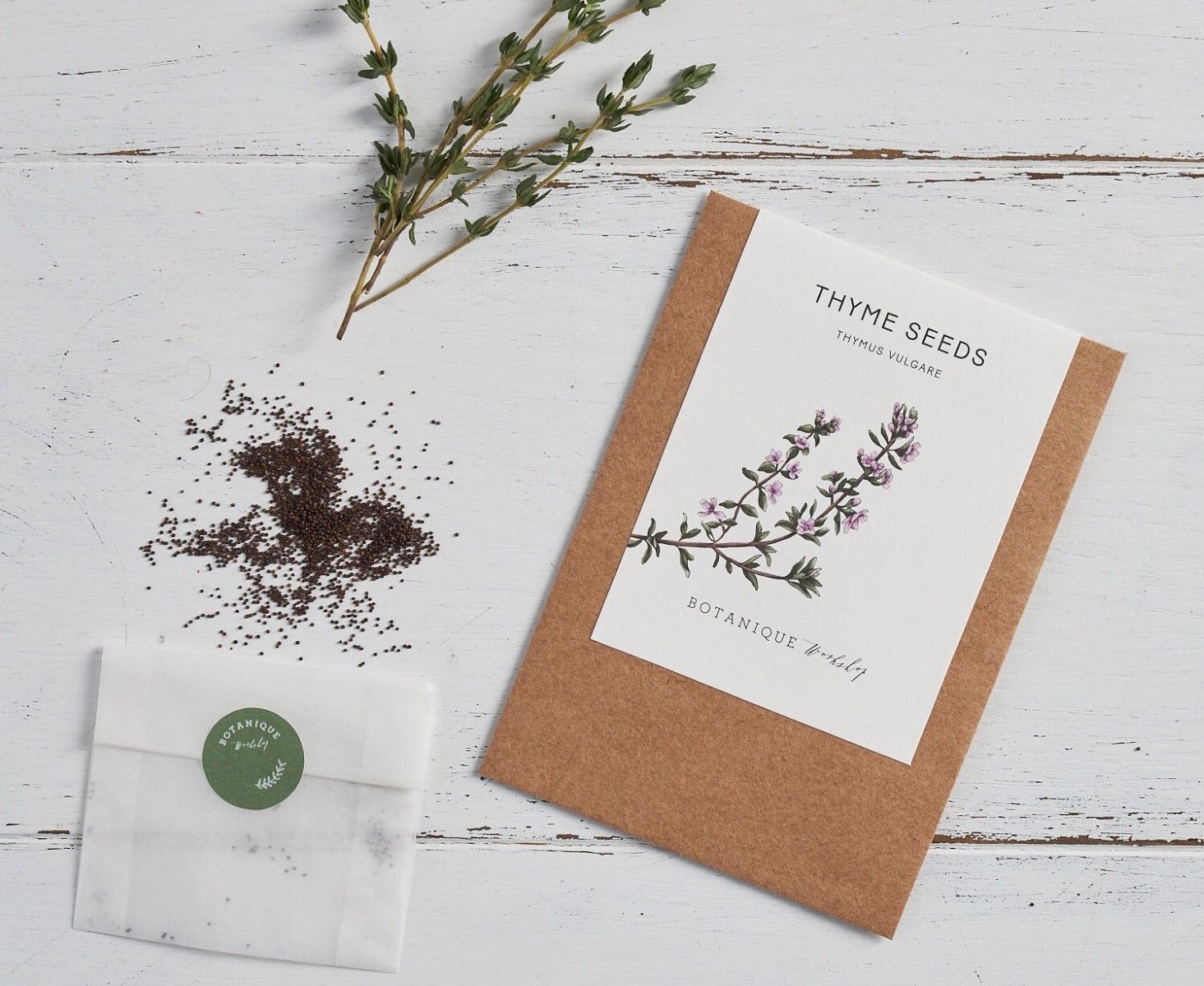
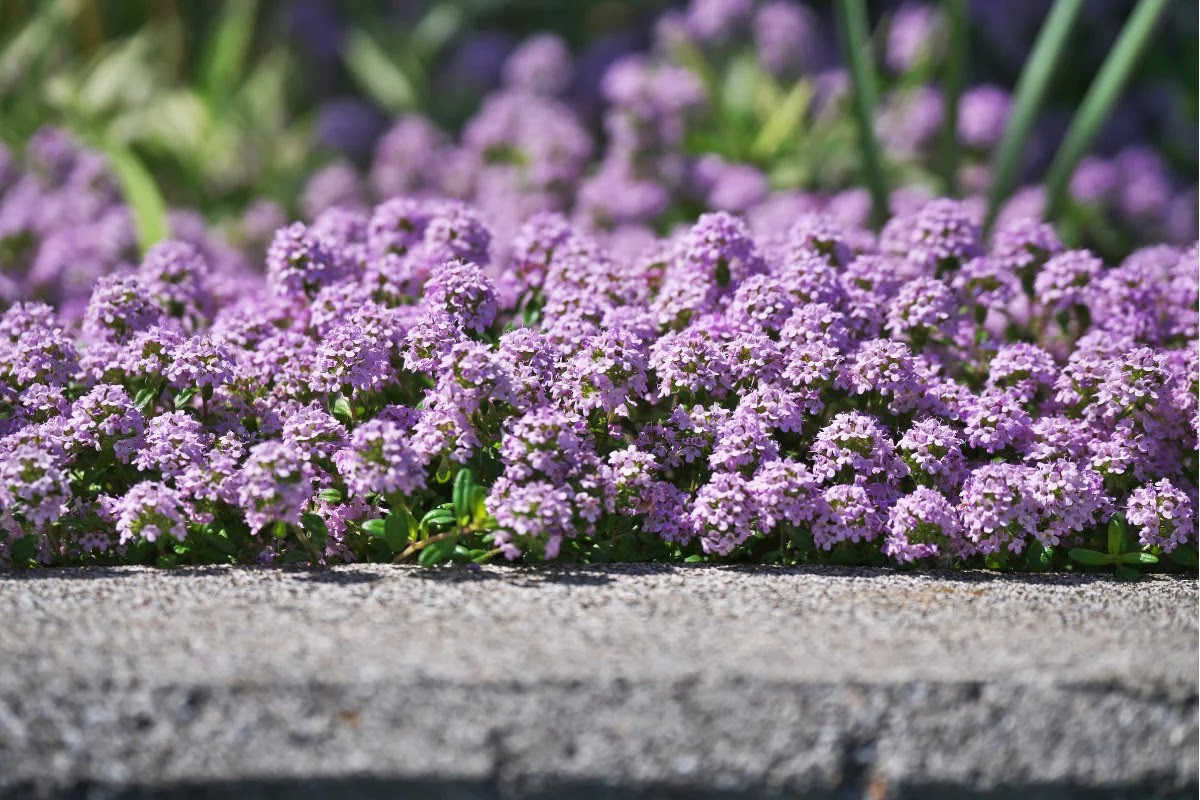
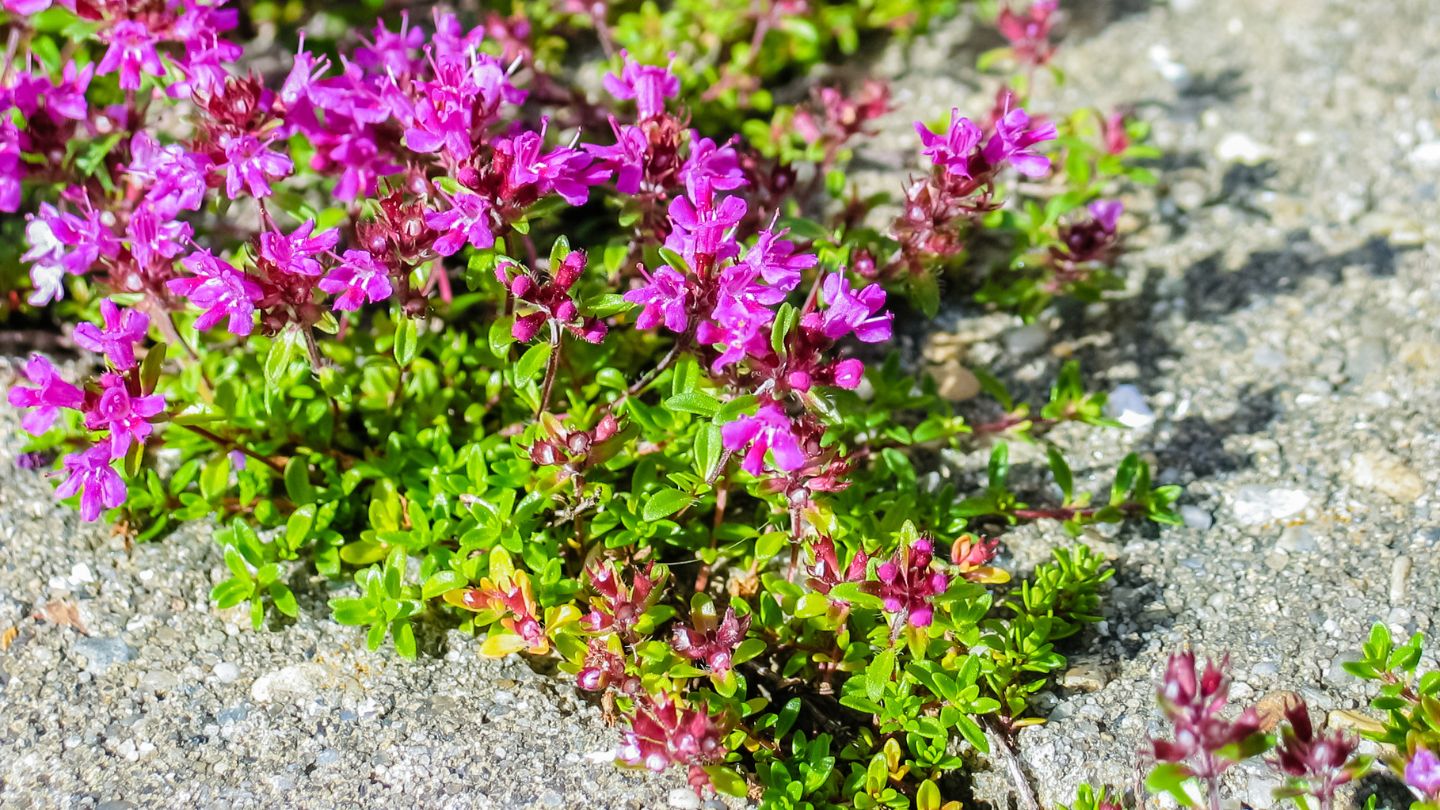
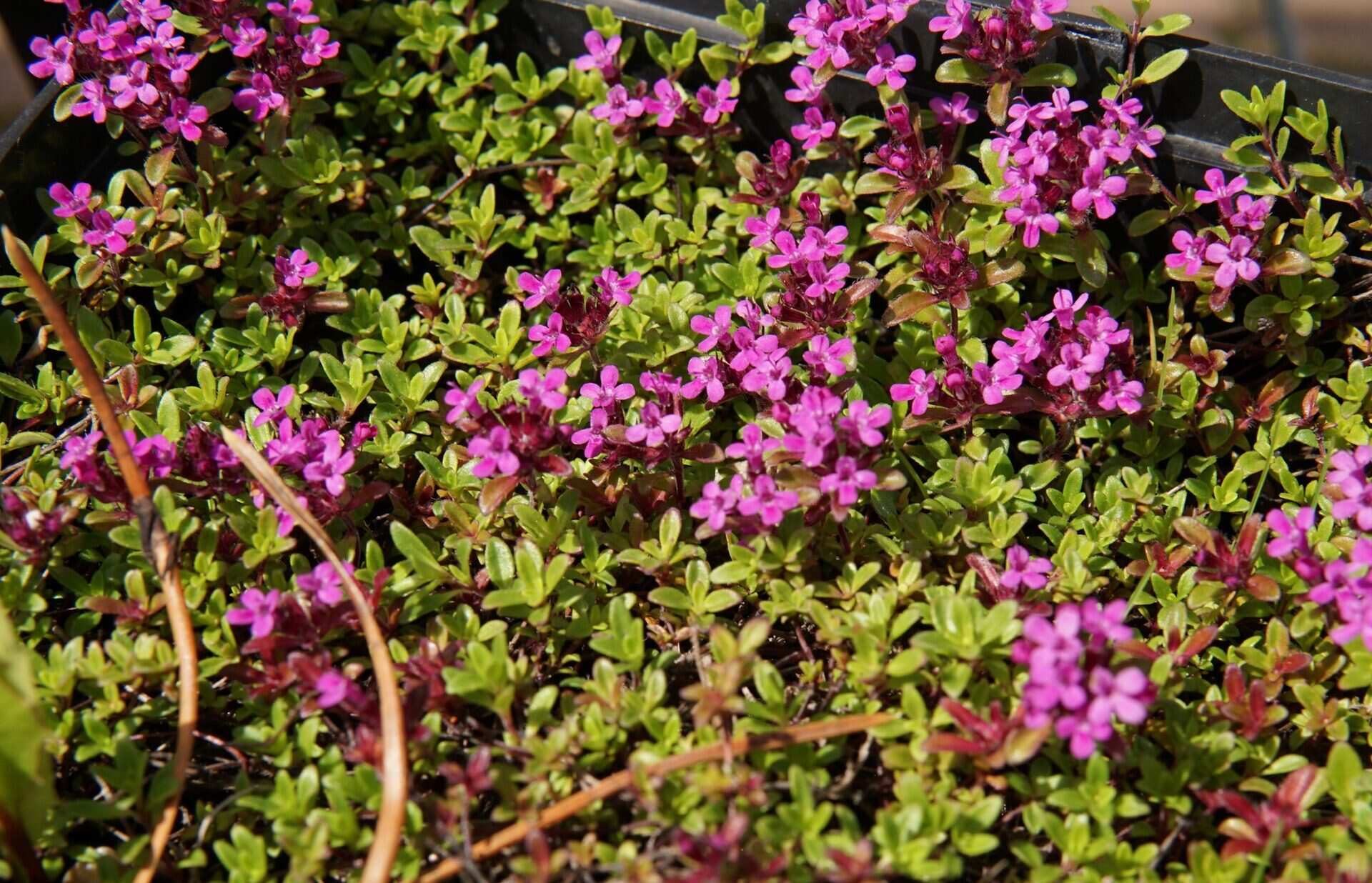
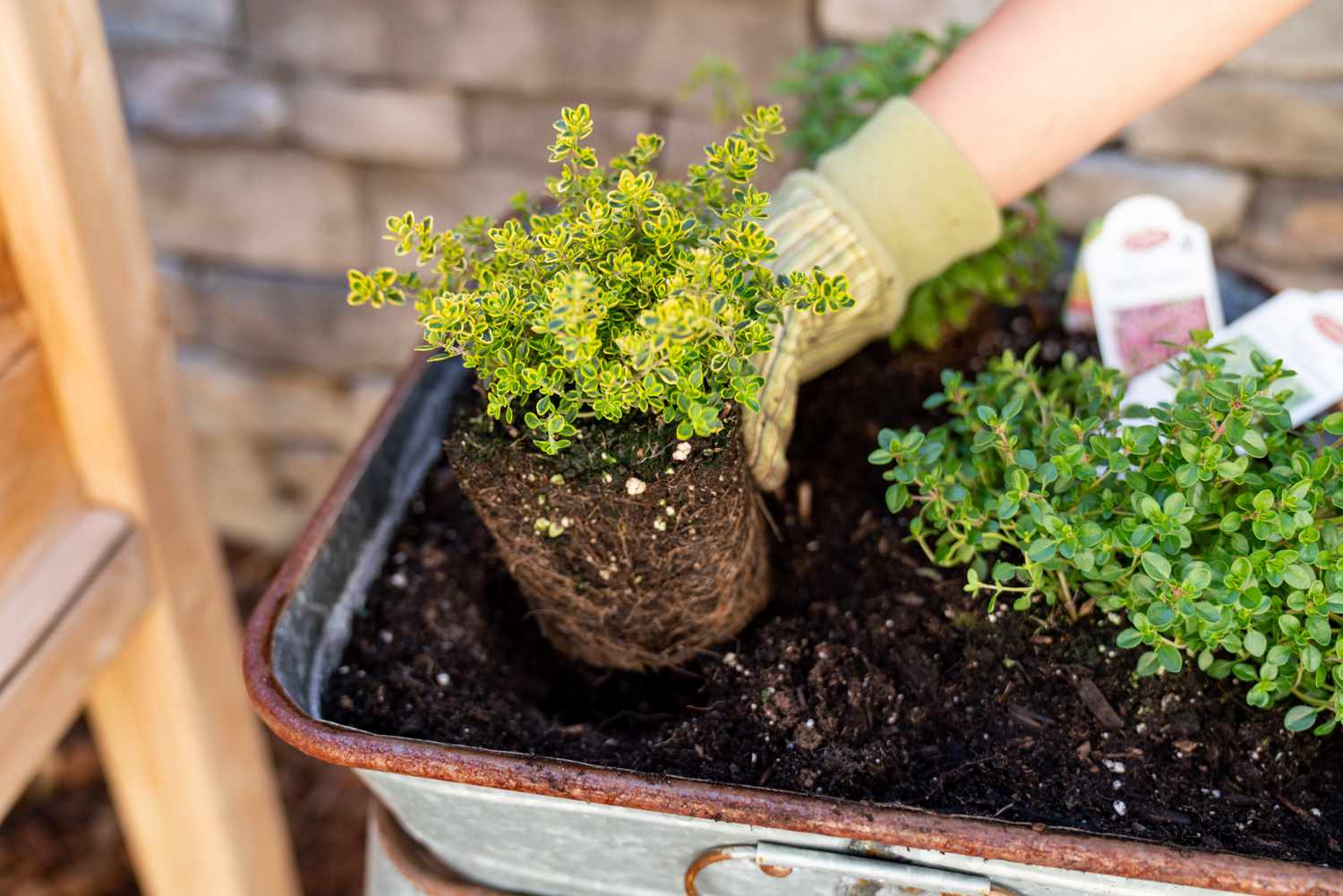
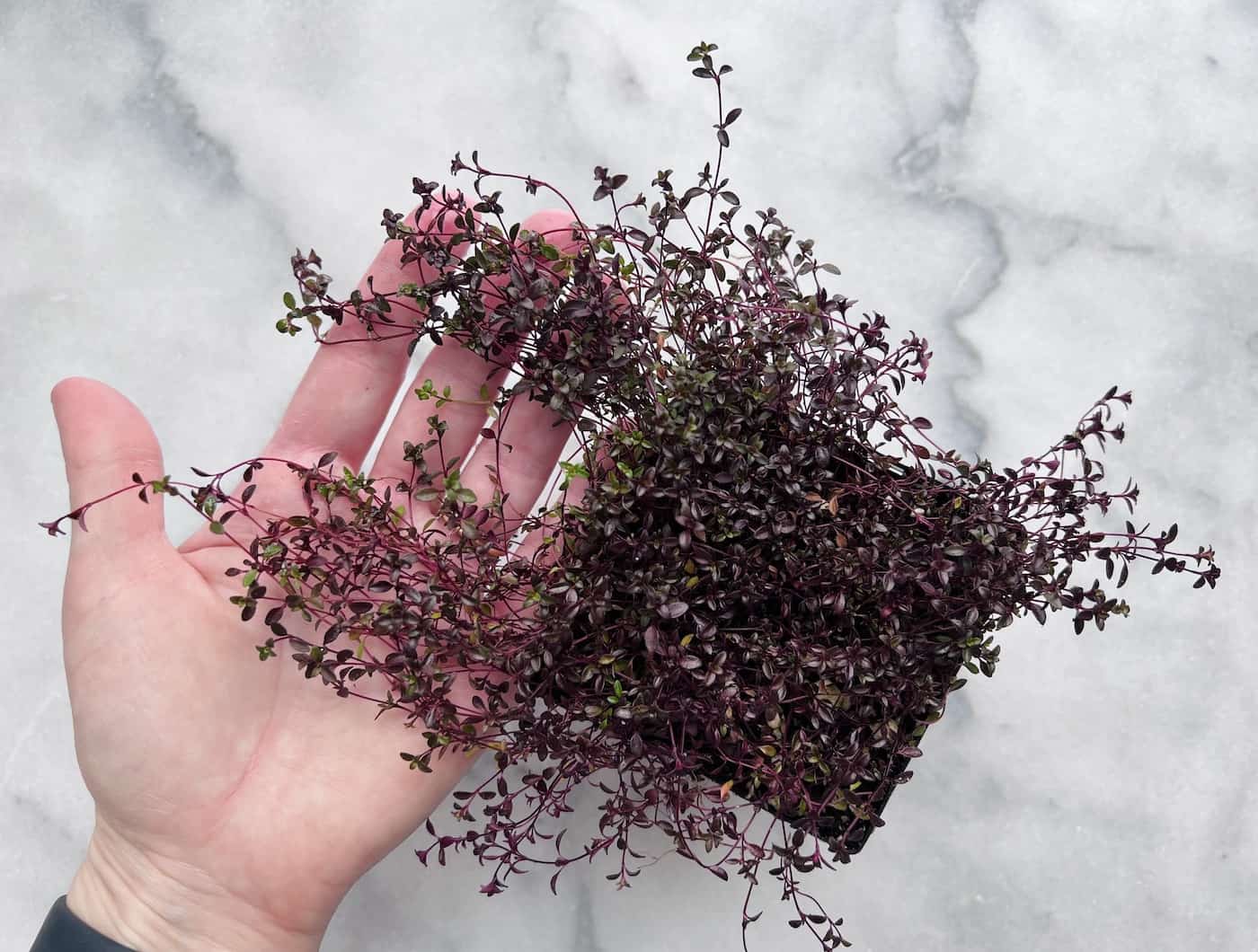
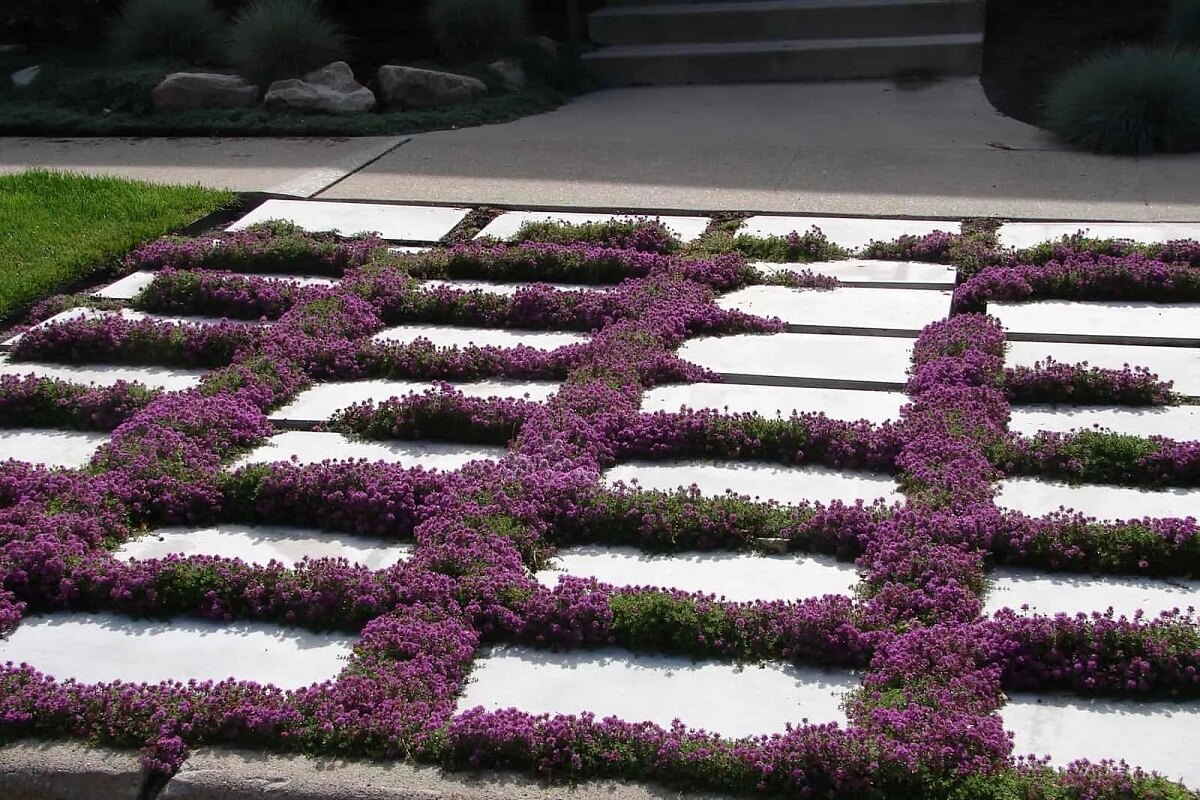
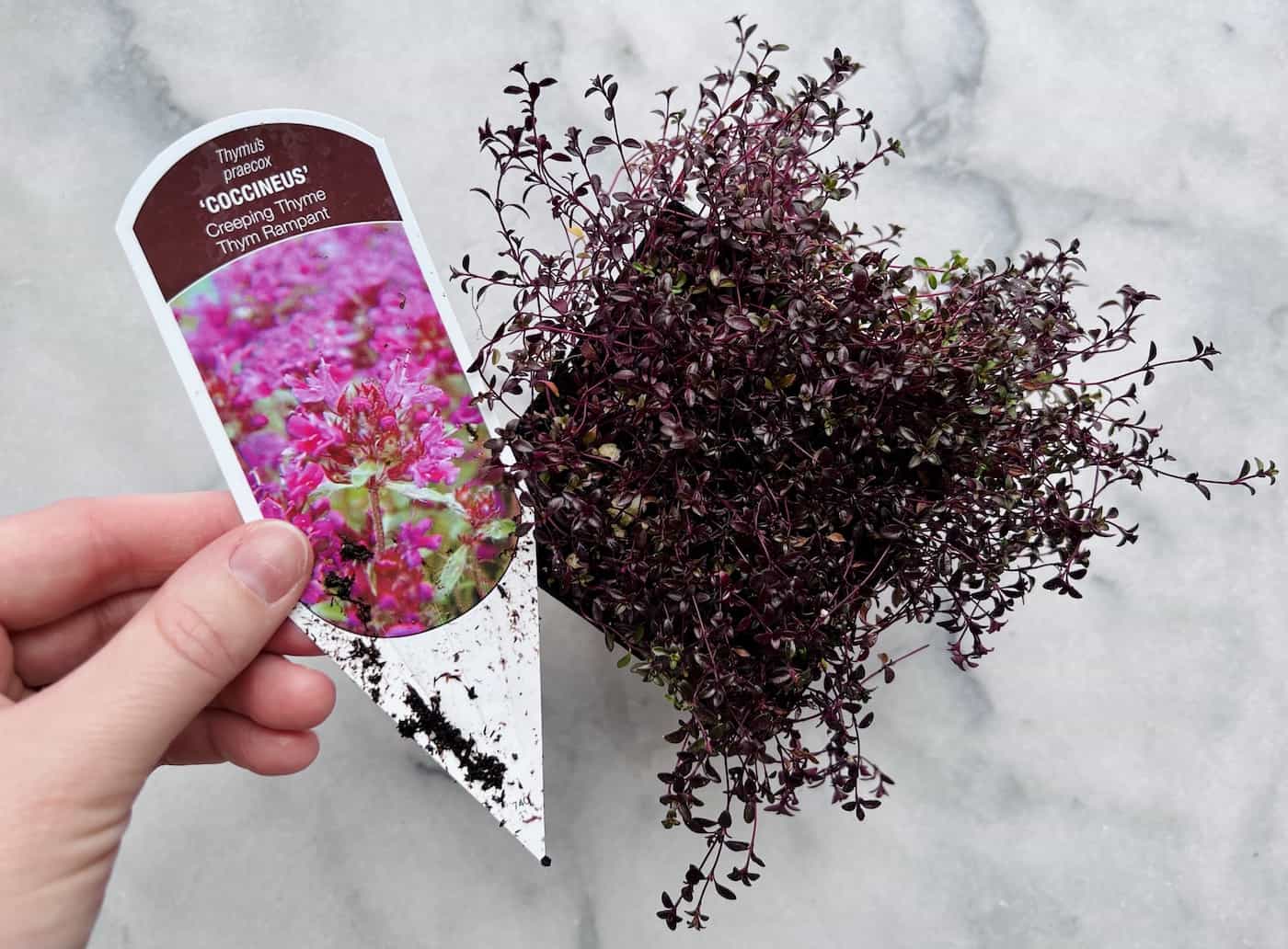
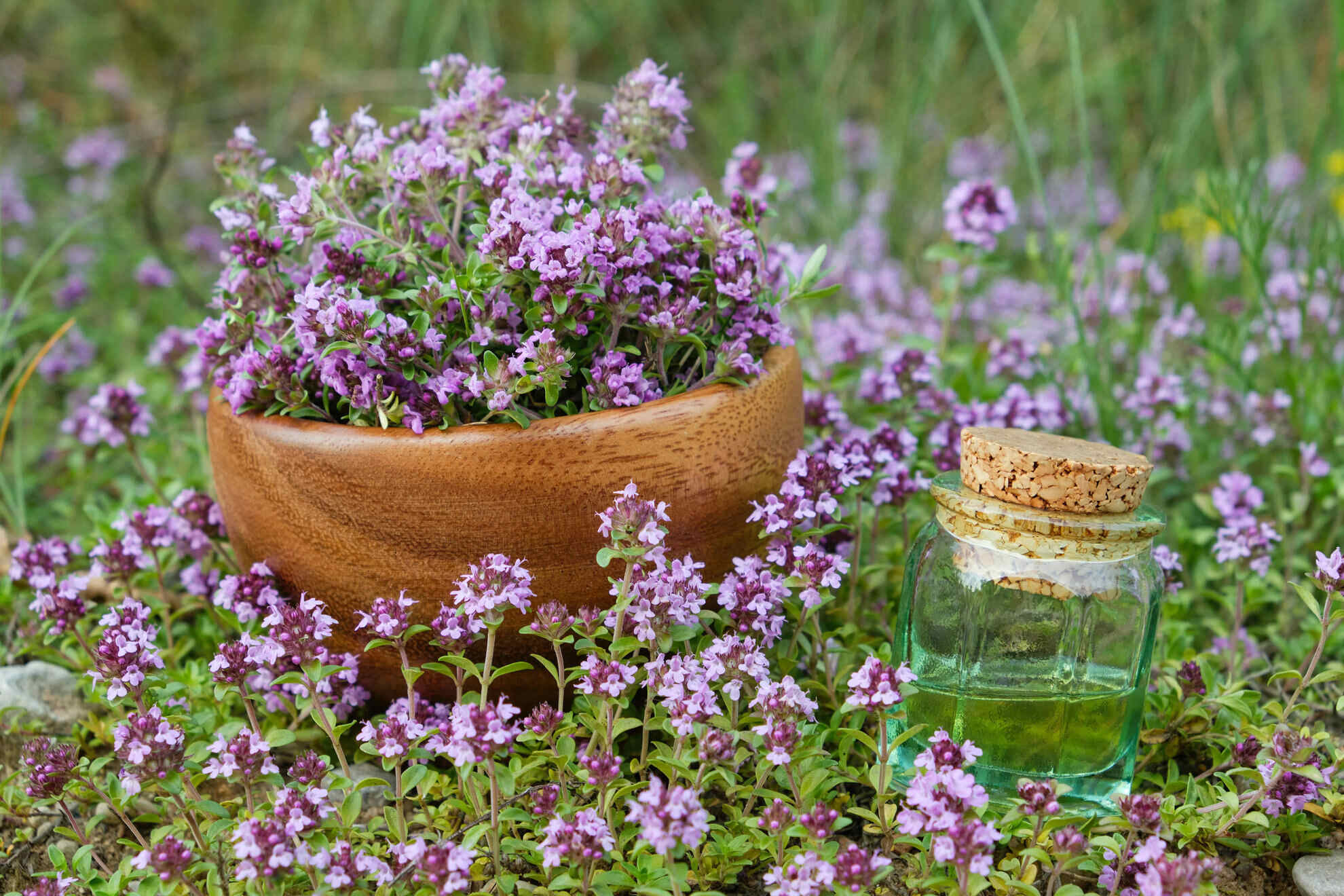
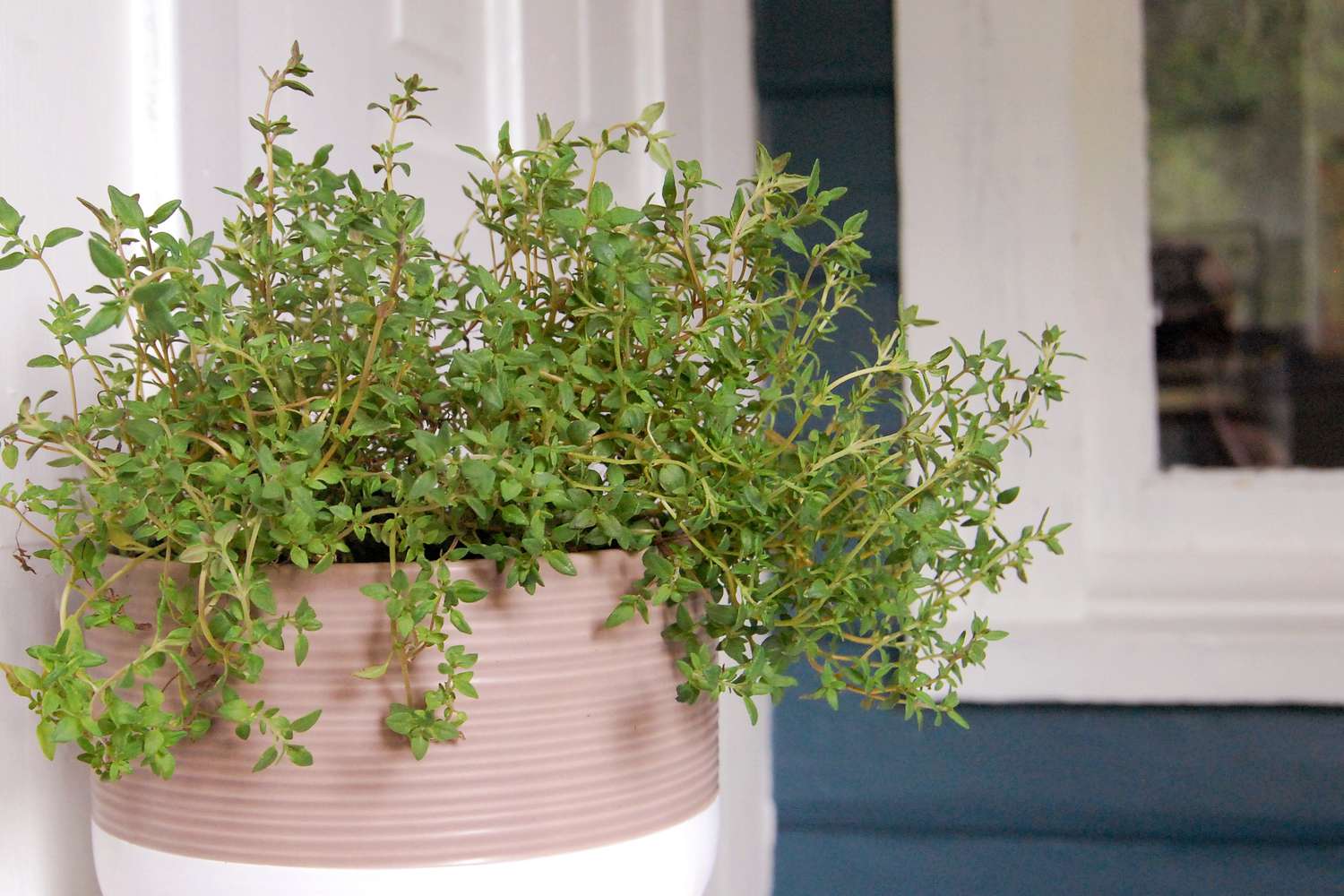




0 thoughts on “When To Plant Creeping Thyme Seeds”